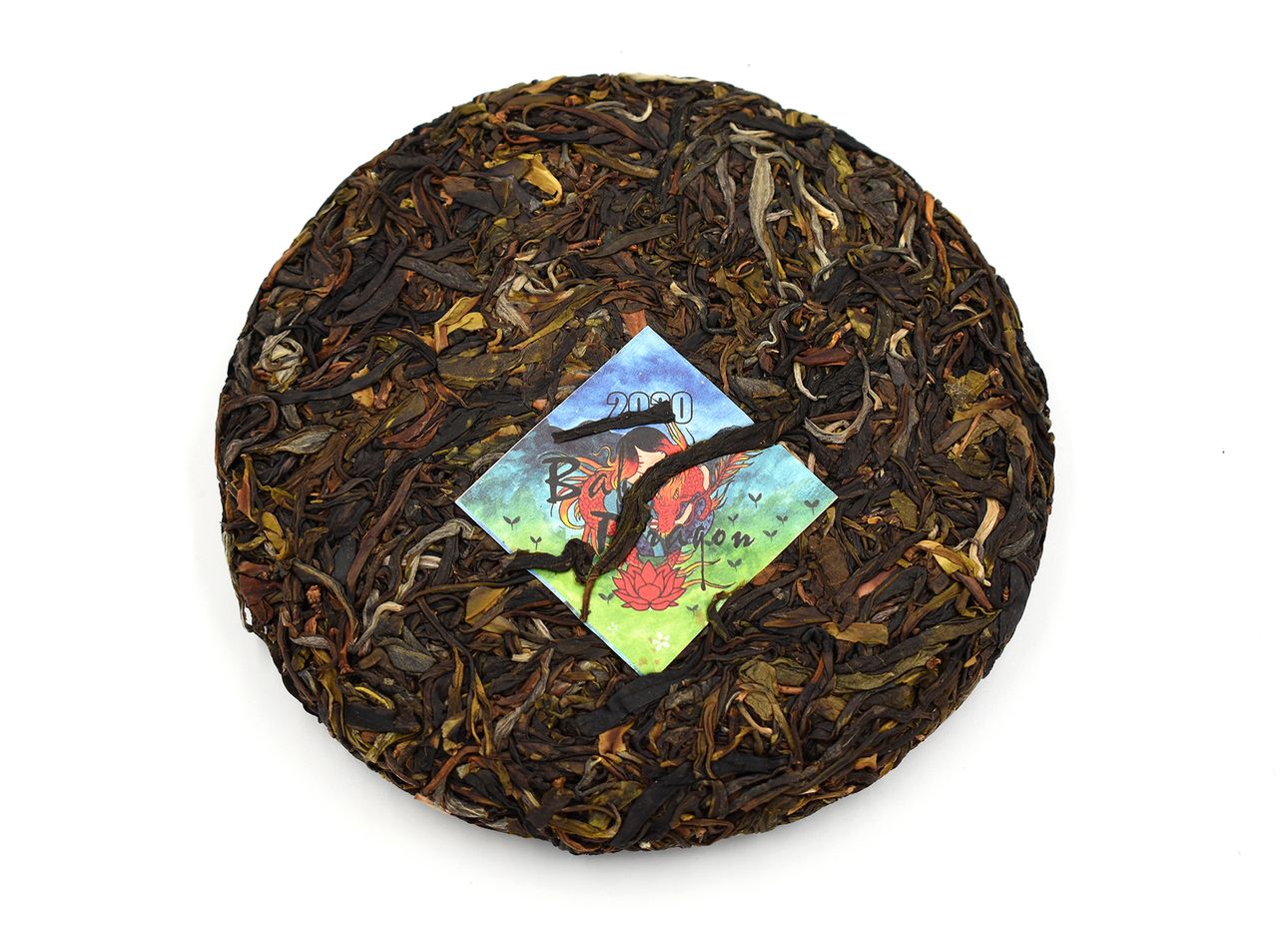
Like a Fine Wine, China’s Traditional Pu-Erh Tea Gets Better Over Time
During China’s Eastern Han Dynasty (25–220 C.E.), pu-erh tea was transported along the Ancient Tea-Horse Road, an age-old trading route that once extended 1,400 miles from China’s tea-growing region to the capital of Tibet. The traditional, still-popular drink is made from large leaves—grown by the plant Camellia sinensis var. assamica in mountains of the Chinese Yunnan Province—that are roasted, rolled, and dried in the sun. They’re then fermented in one of two ways, yielding distinct flavor profiles: The prized, raw and sweet sheng pu-erh ferments naturally and matures over many years like a fine wine, while the ripe and earthy shou pu-erh is incubated in a moisture-rich environment that accelerates the aging process, which concludes within a few months. Typically compressed into cakes or balls, the dark tea can be cut into chunks or pulled apart for brewing.
Sought-after today for its antioxidant and anti-inflammatory properties (and for some, the “tea high” generated by certain blends), most pu-erh stays in China, due to demand, but can be sourced through select importers that ship directly from Yunnan. At Seattle’s Crimson Lotus Tea, husband-and-wife duo Glen Bowers and Dawa Lamu travel to the province regularly to procure pu-erh such as its deceptively strong 2020 Baby Dragon concoction. White2Tea, run in China by the American tea dealer Paul Murray for more than 15 years, offers Western tea fans boutique blends with personality, such as a potent 2019 pu-erh called Astro Kittens or 2018’s Demon Blends, a bitter tea made from huang pian, the larger leaves of raw pu-erh production. Cha Wang Shop, a tea store located in Yunnan’s capital city of Kunming, prides itself on selling high-quality pu-erh at affordable prices, including the chocolatey 2013 Ming Sheng Hao “Chun Hai” and the 2020 Chawangpu Bada, made by a tea farmer who harvests leaves from a forest near his home. No matter the variety, pu-erh endures as a timeless treasure that only gets better with age.